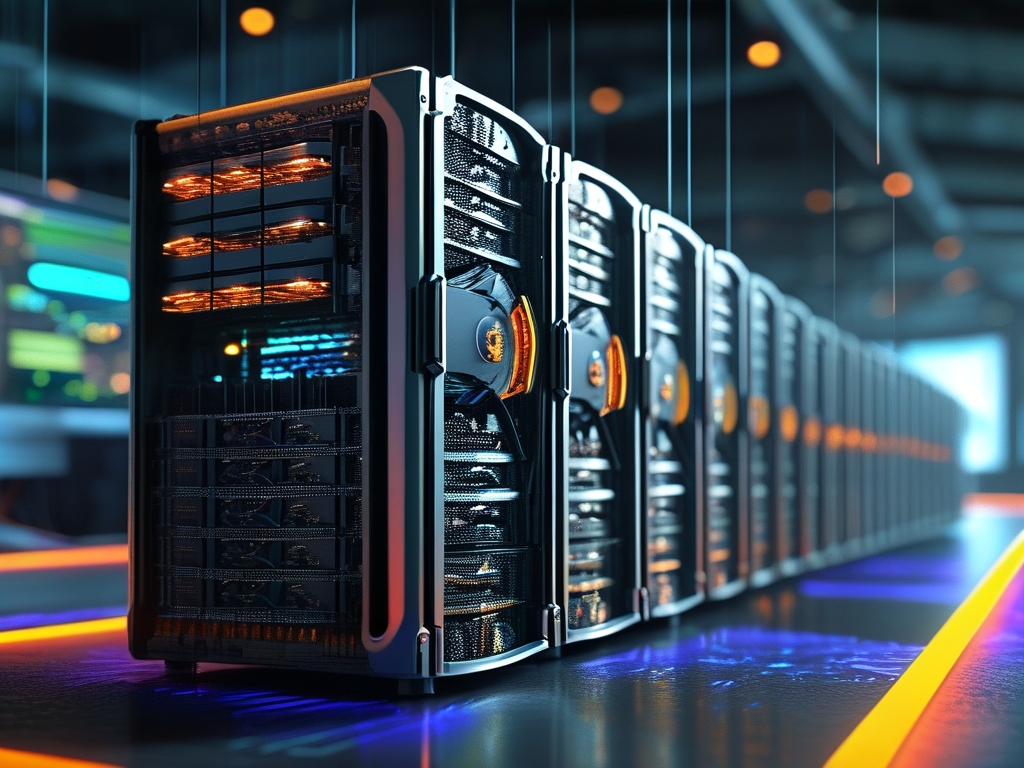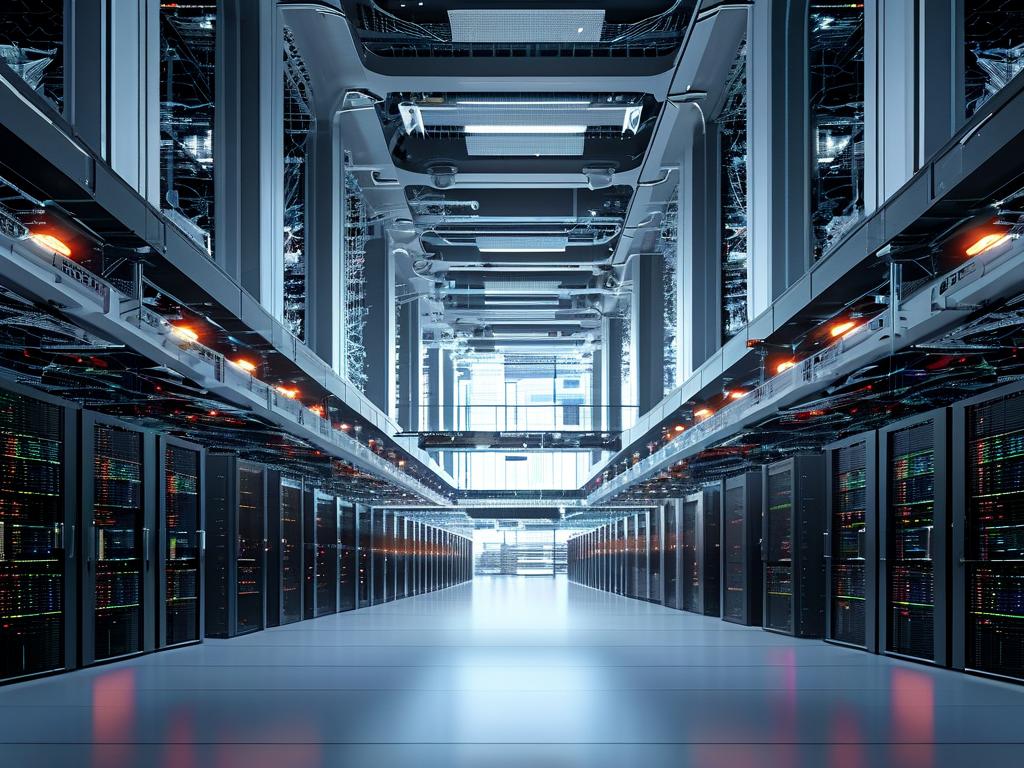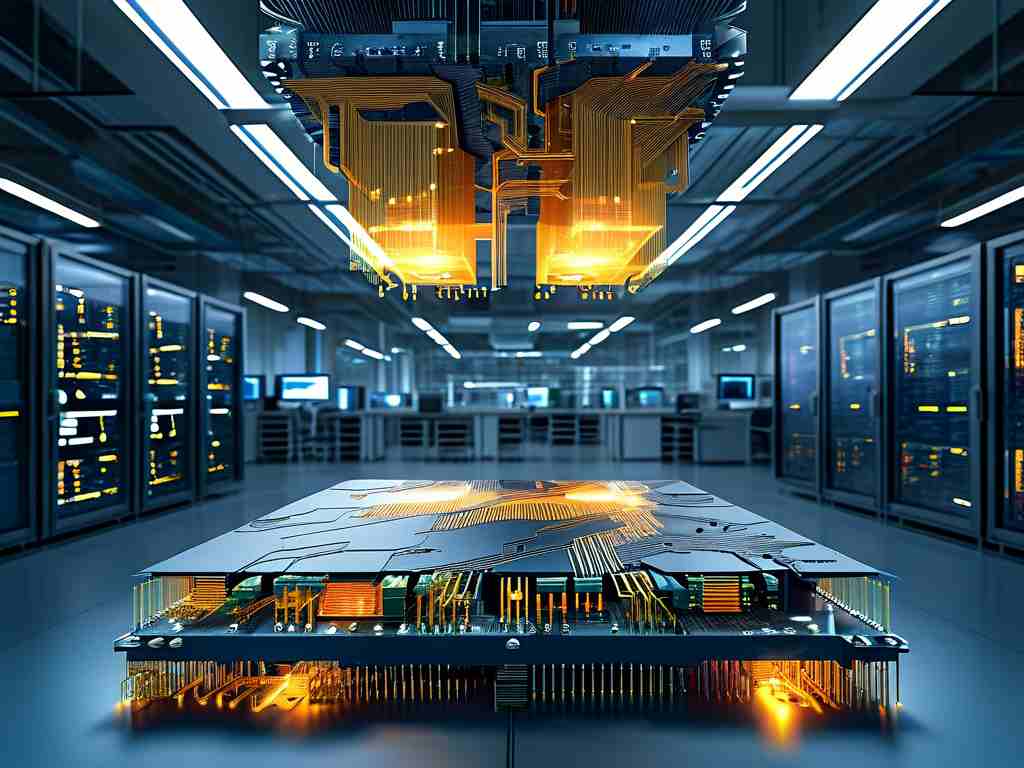In today's data-driven world, the demand for real-time processing and analytics has skyrocketed. Traditional disk-based computing systems often struggle to meet these requirements due to latency issues and limited scalability. Enter in-memory distributed computing engines-a revolutionary paradigm that combines the speed of in-memory processing with the scalability of distributed systems. This article explores what these engines are, how they work, their advantages, and their transformative impact across industries.
What Is an In-Memory Distributed Computing Engine?
An in-memory distributed computing engine is a framework designed to process large-scale data workloads by storing and manipulating data primarily in RAM (random-access memory) across a cluster of interconnected machines. Unlike traditional systems that rely on disk storage, these engines minimize data access latency, enabling near-instantaneous computations. By distributing tasks across multiple nodes, they also achieve horizontal scalability, making them ideal for big data analytics, machine learning, and real-time applications.
Key Architectural Components
- Distributed Memory Storage: Data is partitioned and stored in the memory of multiple nodes, reducing reliance on slow disk I/O. Technologies like Apache Ignite or Hazelcast manage this distributed memory pool.
- Parallel Processing Framework: Tasks are divided into smaller subtasks and executed concurrently across nodes. Frameworks like Apache Spark or Flink optimize resource utilization and speed.
- Fault Tolerance: Mechanisms like data replication and checkpointing ensure system resilience. If a node fails, tasks are rerouted without data loss.
- Cluster Management: Tools like Kubernetes or YARN coordinate resource allocation, ensuring efficient workload distribution.
Advantages Over Traditional Systems
- Speed: RAM access is orders of magnitude faster than disk-based operations. For example, Apache Spark's in-memory processing can reduce ETL job times from hours to minutes.
- Real-Time Insights: Industries like finance or IoT rely on sub-millisecond response times for fraud detection or sensor data analysis-a feat achievable only with in-memory engines.
- Scalability: Adding nodes to the cluster linearly increases processing power, accommodating growing data volumes.
- Cost Efficiency: While RAM is expensive, reduced infrastructure complexity and faster processing justify the investment for critical workloads.
Applications Across Industries
- Finance: High-frequency trading platforms use in-memory engines to execute transactions in microseconds.
- E-Commerce: Real-time recommendation systems analyze user behavior instantly to personalize shopping experiences.
- Healthcare: Genomic sequencing and patient monitoring systems process vast datasets in real time.
- Telecom: Network operators detect anomalies and optimize traffic dynamically.
Challenges and Considerations
- Cost: RAM remains costlier than disk storage, though prices are declining.
- Data Volatility: Memory-based data is lost during power failures unless backed by persistent storage.
- Complexity: Managing distributed systems requires expertise in cluster orchestration and tuning.
The Future of In-Memory Distributed Computing
Advancements in non-volatile memory (e.g., Intel Optane) and hybrid storage models will blur the line between memory and disk. Meanwhile, edge computing and 5G will drive demand for decentralized, low-latency processing. As AI and IoT evolve, in-memory distributed engines will become the backbone of next-generation applications.

In-memory distributed computing engines represent a leap forward in data processing capabilities. By harnessing the power of RAM and distributed architectures, they unlock unprecedented speed and scalability. While challenges like cost and complexity persist, their benefits in real-time analytics and large-scale computations make them indispensable for modern enterprises. As technology evolves, these engines will continue to redefine what's possible in the realm of data-driven innovation.










